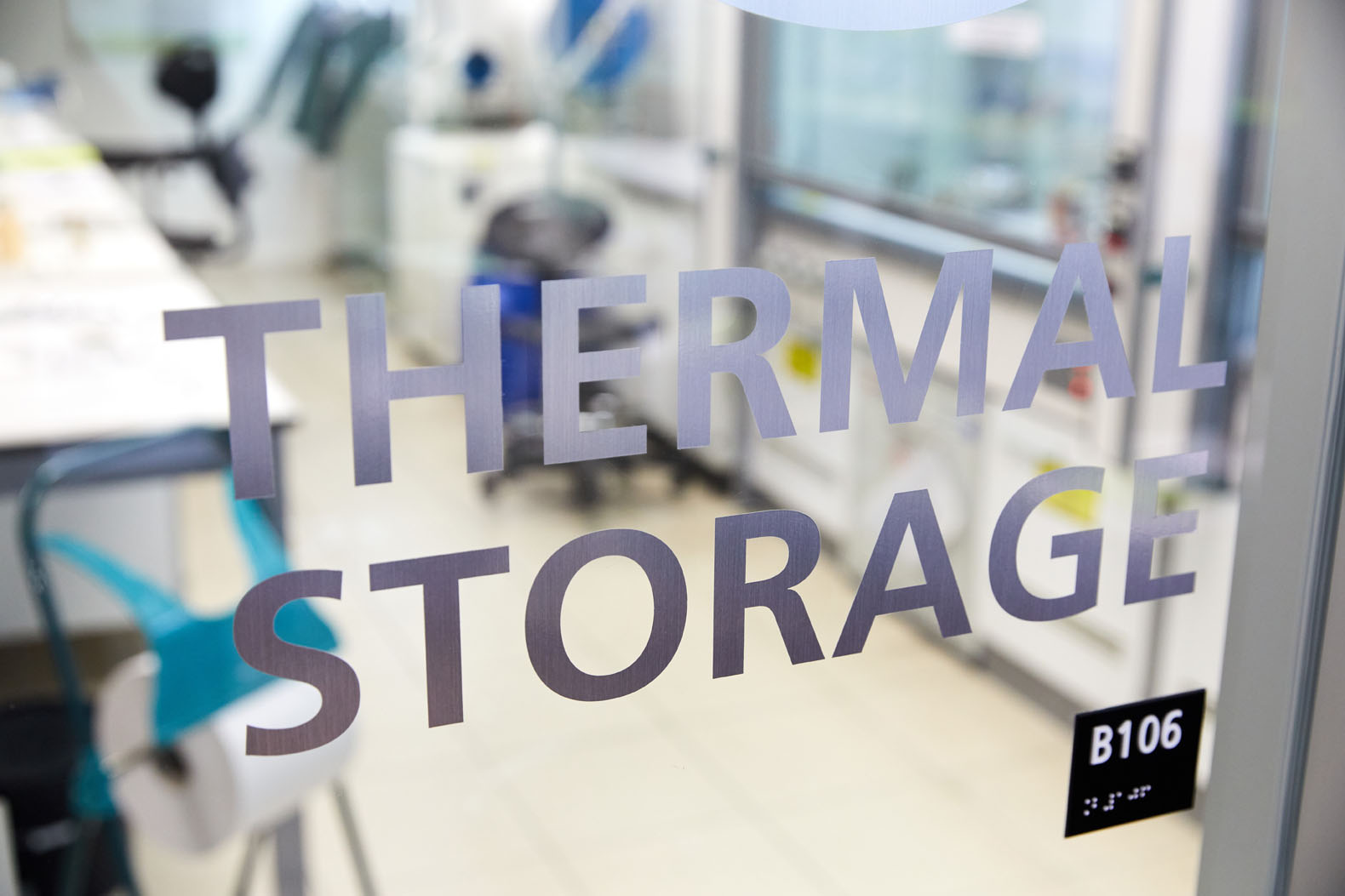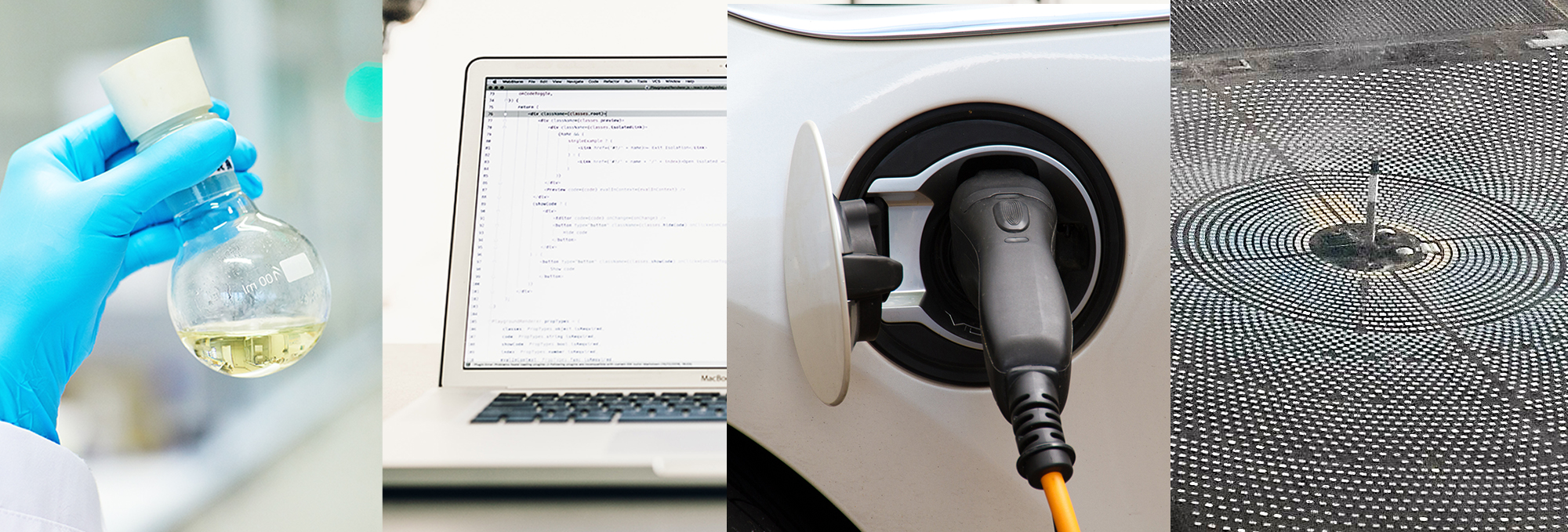CIC energiGUNE, a leading Basque research center in electrochemical energy storage and conversion, as well as thermal energy storage and conversion, has played a prominent role in the recent discovery of the process of converting mechanical energy into electricity using only water and silicon, which has been reported in an article published in Elsevier´s prestigious journal Nano Energy by a European research team involving scientists from the German Electron Synchrotron (DESY), the Hamburg University of Technology (TUHH), the University of Ferrara (Italy), the University of Silesia (Poland), and the Riga Technical University (Latvia).
“The combination of nanoporous silicon with water provides access to an efficient and reproducible energy source, without resorting to exotic materials, simply by using the most abundant semiconductor, silicon, and a common resource such as water,” said Luis Bartolomé, researcher at CIC energiGUNE and first author of this publication.
The origin of this discovery lies in the work carried out within the European ELECTRO-INTRUSION project, coordinated by CIC energiGUNE, which aims to recover environmental heat and vibrations generated by different systems, such as car shock absorbers, for example, and transform them into useful electricity.
"The work carried out at ELECTRO-INTRUSION since its launch in 2021 has made this achievement possible, which is both simple and powerful, by shedding light on some gaps in knowledge that existed around nanotriboelectricity," said Yaroslav Grosu, project leader and head of the interfacial phenomena research group in the thermal storage area at CIC energiGUNE.
The technology presented in the article published in Nano Energy is called Intrusion-Extrusion Triboelectric Nanogenerator (IE-TENG) and uses pressure to repeatedly force water in and out through nanometric pores. During this process, a charge is generated at the interface between the solid and the liquid.
The electrification mechanism described in the study is based on a process called triboelectric intrusion–extrusion within hydrophobic nanoporous silicon materials. In simple terms, when a liquid such as water is forced into the tiny pores of the material under pressure (intrusion), an electrical charge transfer occurs between the solid surface and the liquid. When the pressure is released, the liquid exits (extrusion), thereby generating an electric current. This phenomenon occurs because the internal surfaces of hydrophobic silicon have defects where electrons accumulate and are released during contact with the liquid.
This technology paves the way for autonomous, maintenance-free sensor systems, such as water detection, sports and health monitoring in smart clothing, or haptic robotics, where touch or movement directly generates an electrical signal. “Water-powered materials mark the beginning of a new generation of self-sustaining technologies,” said Yaroslav Grosu.
In the tests carried out, energy conversion efficiency reached up to 9%, one of the highest percentages ever recorded for solid-liquid nanogenerators. The design of the materials was also fundamental to the success of this test, as silicon structures with three characteristics were developed: conductive, nanoporous, and hydrophobic. This allows control over the inflow and outflow of water and keeps the process stable at all times.





